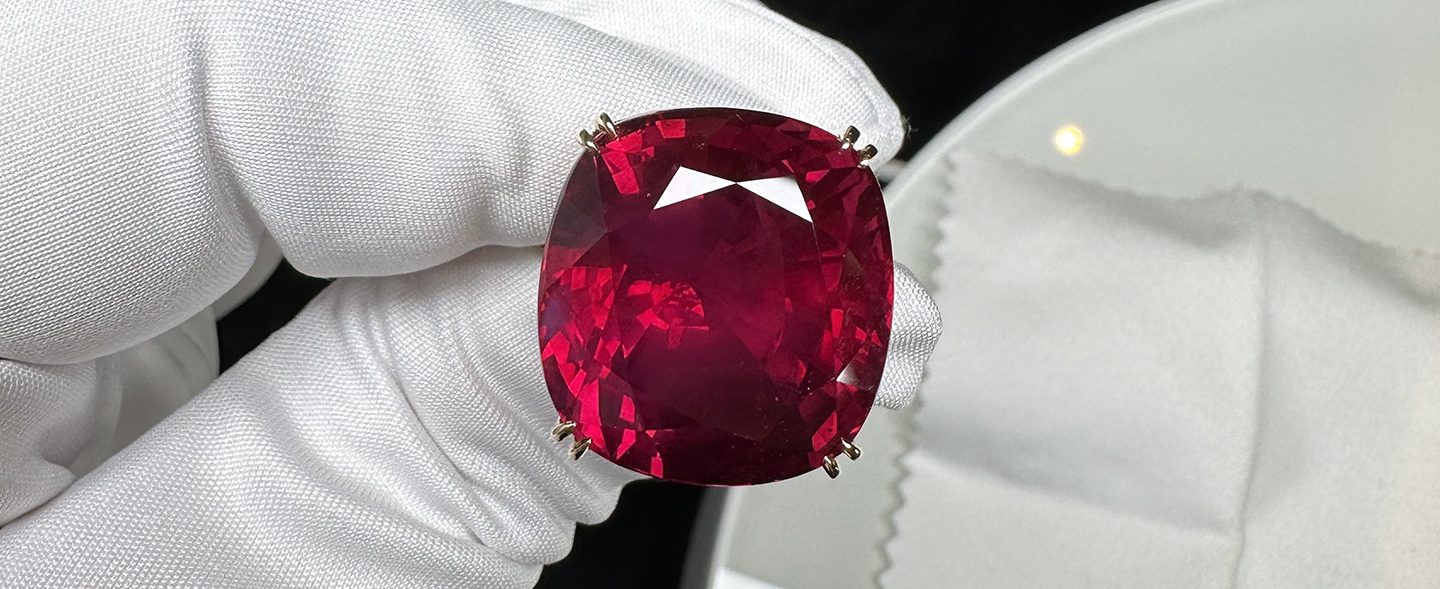"Estrela de Fura - 55.22 ct" GRS documentary and Q&A on the testing and features of this world record ruby
The short documentary, directed by GRS CEO and chief gemologist Dr. A. Peretti, along with GRS gemologists Willy Bieri, Lawrence Hahn, and Matthias Alessandri, explores the rough gem, predicts its size, and conducts color grading and UV-fluorescence testing. Surprisingly, it exhibits a striking similarity to the finest Burmese rubies, with a captivating pigeon's blood color and strong fluorescence.
Based on a thorough comparison with a 30-year database encompassing rubies from various origins, sizes, and qualities, GRS awards this stone the title of "Magnificent world-record pigeon's blood ruby". Rarely do rubies possess a body color that exudes beauty under all light sources, from Africa to Bangkok, as well as in New York and Geneva daylight.
Named the "Estrela de Fura" by the Mozambique-based Fura mining company, this extraordinary gem will be auctioned on 8th June 2023 at Sotheby's in New York. GRS reports and award-book, along with a captivating documentary, accompany the gem in the auction catalogues.
GRS invites everyone to witness a remarkable encounter with the original rough before cut and the final mesmerizing world record ruby properties.
For more information, see CNN news: https://edition.cnn.com/style/article/ruby-auction-sothebys-estrela-de-fura/index.html
Q&A with Dr. A. Peretti about the "Estrela de Fura" and why he thinks this stone deserves special attention
Q: How did you first encounter Fura Gems, and why did you decide to study their stones and produce a documentary?
A: The CEO of Fura Gems approached me and expressed their interest in having GRS conduct research on their gemstones. I agreed with a condition that they help to build a school for 2,000 children to support the community at the mine. I was very delighted to hear from the CEO that even before the first sale of ruby they had built a primary school near the mine supporting nearly 500 students. In return, I offered to conduct the research without charging them, on the condition that they direct the profits from our cooperation towards charity.
Q: Could you explain what your research on the material from Fura revealed?
A: Initially, we interviewed their geologist and collected a reference material collection from their mines, encompassing stones of various colors. We subjected a series of stones to our routine testing pipeline. From there, we selected key samples for inclusion research and established criteria for untreated stones, naturality, and exceptionality.
Q: Were there any unexpected findings from your research?
A: Yes, the material displayed less water-worn characteristics, indicating proximity to the primary source. We observed many UV-fluorescent rubies similar to Burmese qualities, which was quite surprising. Additionally, we noticed pigeon's blood color varieties and exceptionally fine silk. We also encountered zircon inclusions, which are typically absent in Mozambique rubies (*). These unusual features led us to speculate that the presence of pegmatites in the area contributed to these unique findings.
Q: What was the most remarkable discovery?
A: As anticipated, we eventually came across a significant stone due to the complex geological conditions and proximity to the primary source. The discovery occurred swiftly, exceeding our expectations but not entirely unexpected.
Q: When did you first lay eyes on the stone?
A: Fura Gems was extremely enthusiastic and promptly sent the rough stone to GRS in the fall of 2022, right after we had completed our basic research programs on their stones. We were well-prepared to apply our knowledge immediately for identification and origin verification.
Q: What sets the Estrela de Fura apart as a special gemstone?
A: Firstly, its size of 55.22 carats is remarkable. While such sizes are occasionally seen in sapphires, they are rare for magnificent rubies. For comparison, the so-called record ruby from Burma (Sunrise Ruby) was "only" 25 carats and was considered the pinnacle of magnificent quality. The 55.22-carat Estrela de Fura surpasses that weight and possesses a well-balanced cut in magnificent quality. It is devoid of cracks and disruptive inclusions, while the exquisite rutile needles are captivating rather than distracting. Typically, Mozambique rubies exhibit large platelets of silk-like inclusions that can reflect light and impair the stone's appearance. However, this ruby does not suffer from such issues. The color saturation is just right for pigeon's blood but leans towards the lower limit. This is advantageous since oversaturation can darken a stone under changing light conditions, especially when it is of substantial size. The Estrela de Fura, on the other hand, exhibits the best color regardless of the lighting conditions. Additionally, its exceptional clarity further enhances its appeal. While I estimated the stone to be 53.5 carats post-cutting, it actually measured 55.22 carats.
Q: The term "pigeon's blood" color is sometimes controversial, associated exclusively with Burmese rubies. How do you address this?
A: It is important to note that a color grade does not determine the origin of a gemstone. Many critics argue that stones must be UV-fluorescent to be labeled as pigeon's blood. However, I don’t agree, the Estrela de Fura does exhibit fluorescence, which should appease these critics. By decoupling the color grade from origin, we ensure fairness for stones from all mines worldwide. Far too often, rubies of Burmese origin receive preferential treatment solely based on their origin. The origin of a gemstone does not guarantee quality or color.
I recall when GRS began
issuing pigeon's blood color grades for stones other than Burmese origin a
decade ago; an African miner remarked that finally their material was
recognized. At that moment, I felt proud of our decision, hoping it would
improve the lives of these miners.
Q: How can the Estrela de Fura be considered a world record ruby?
A: While it is a personal opinion, it is an informed one. Being actively involved in gem testing since 1988, I have witnessed the emergence of rubies from Vietnam, Mong Hsu, the boom in Mogok, the arrival of rubies from Tajikistan and Madagascar, including Didy and those from Tanzania including Winza, and have had the privilege of issuing reports for thousands of magnificent gemstones worldwide. Over time, our database has accumulated extensive information on quality, size, shape, treatment, and origin. We also maintain a library with historical books and gemological literature. This vast database allows for comprehensive comparisons. In this context, the Estrela de Fura stands alone as a unique find. Considering the statistically consulted and graphically represented data, it is clear that the Estrela de Fura has no competition and can be rightfully considered a world record ruby.
Q: Returning to the partnership between GRS and Fura Gems, along with GRS's efforts to create a short documentary for the Estrela de Fura, could you elaborate on the significance of this collaboration?
A: As one of the world's most active gemologists for the past 35 years, I realize that encountering a stone like the Estrela de Fura is a fortunate event, especially considering my age of 66. It is a moment of celebration that I deeply appreciate.
Moreover, this is the first time a mining company has committed to improving the lives of 2000 children in exchange for my involvement in studying their production. I sincerely hope that whoever acquires the Estrela de Fura will remember it as a world record ruby that brought positive change to Africa. It is the collective responsibility of the Mozambican government, NGOs, and the global media to hold the mining company accountable for fulfilling their promise and ensuring that they follow through.
Q: Is there anything else you would like to add?
A: In the future, I hope that all significant gemstones at auctions will carry a message to the world, emphasizing the importance of responsible practices, both ethically and environmentally, and the provision of benefits to the local communities where the stones are sourced. This is my final message.
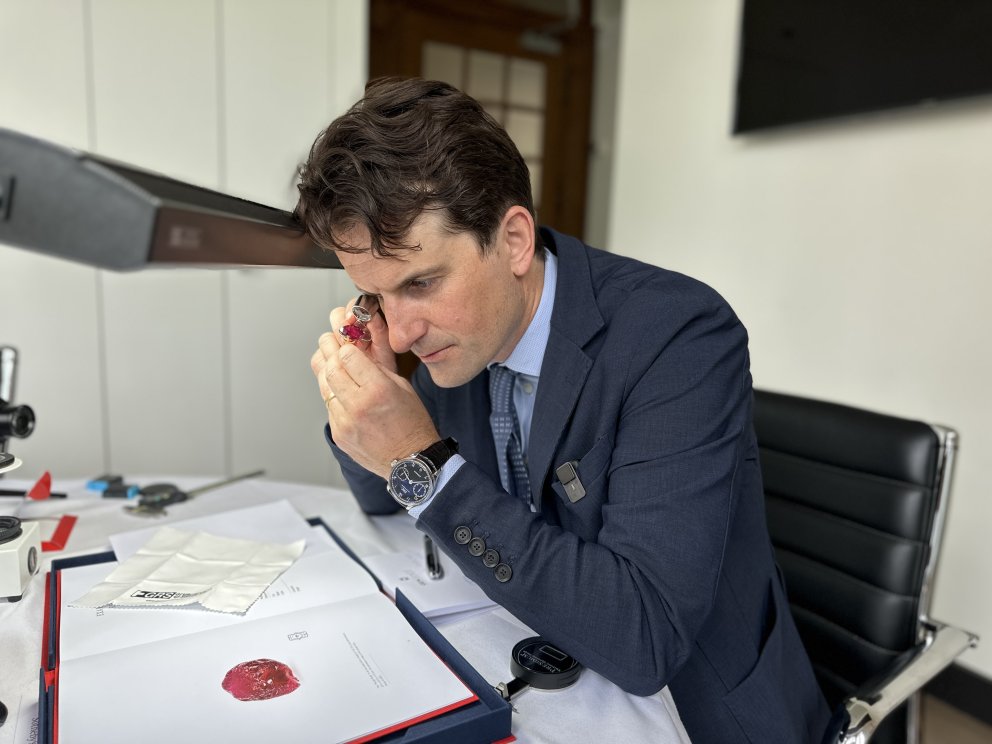
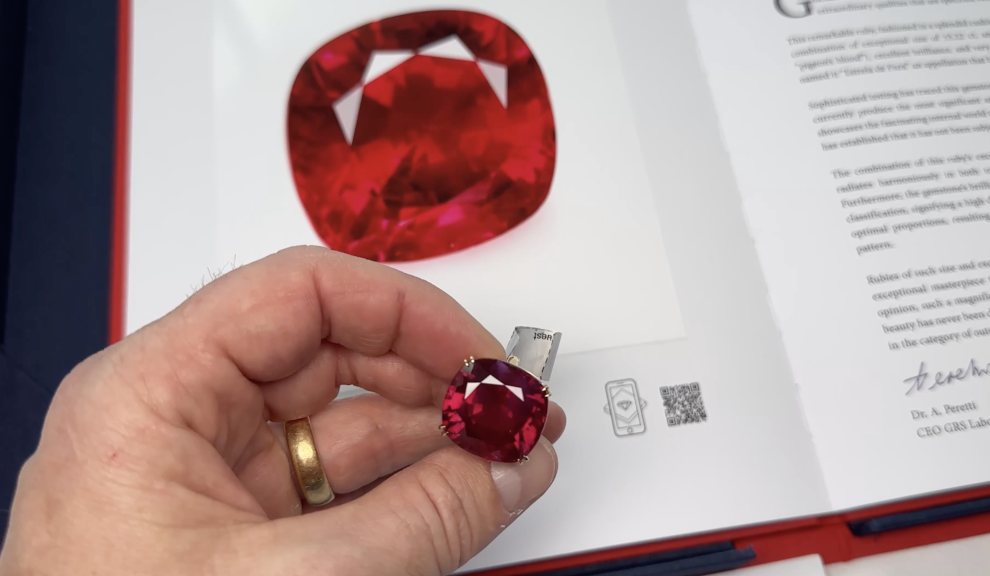
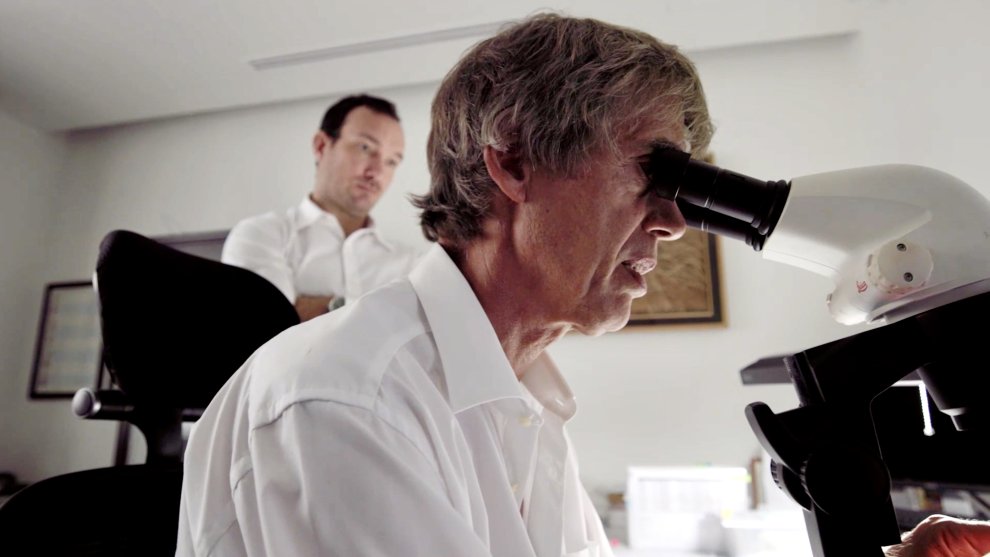
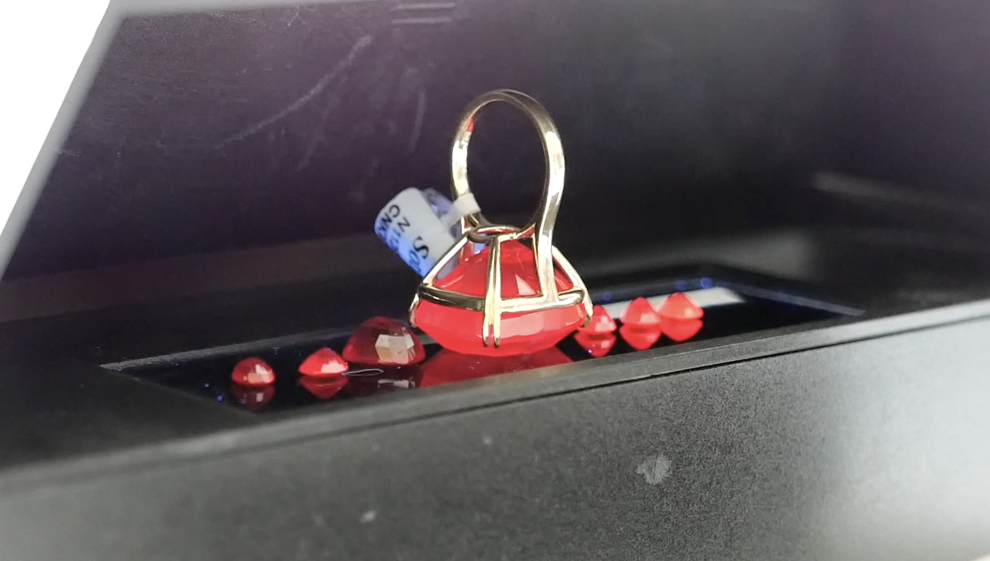
(*) Remarks regarding zircon inclusions in Mozambique rubies:
The research on Mozambican rubies mined by Fura revealed extremely rare occurrences of zircon. From the randomly selected samples from their production, a sample containing such inclusion entered the reference collection of GRS and the zircon could be conclusively identified by means of Raman spectroscopy. The Estrela de Fura contains fine silk but no zircon inclusions were found in that stone.
Fine silk and strong fluorescence are typical hallmarks of the new production of Fura that is frequently observed but not zircon inclusions. They remain extremely rare but are very welcome as they allow us to analyse the age of the rubies. We will report later about this forthcoming research.
© 2023, GRS GemResearch Swisslab AG

